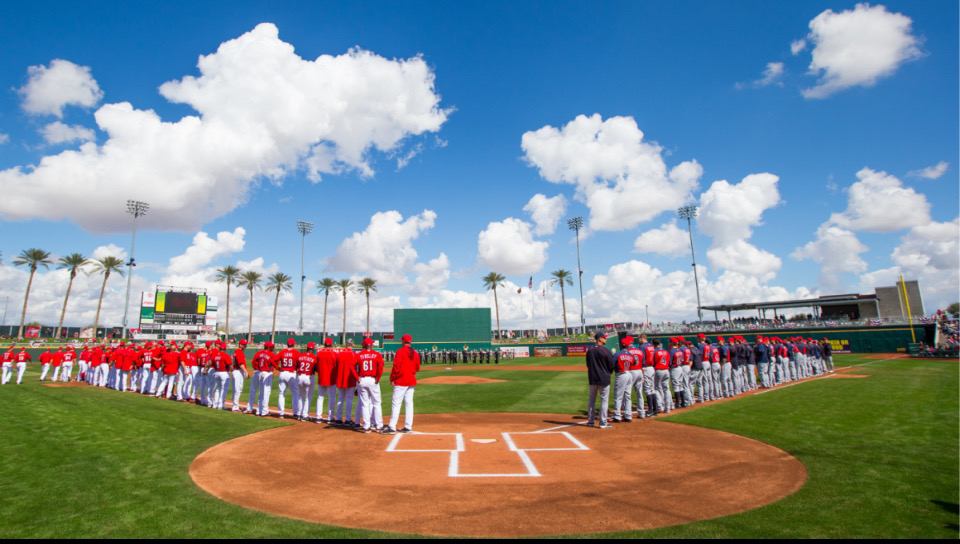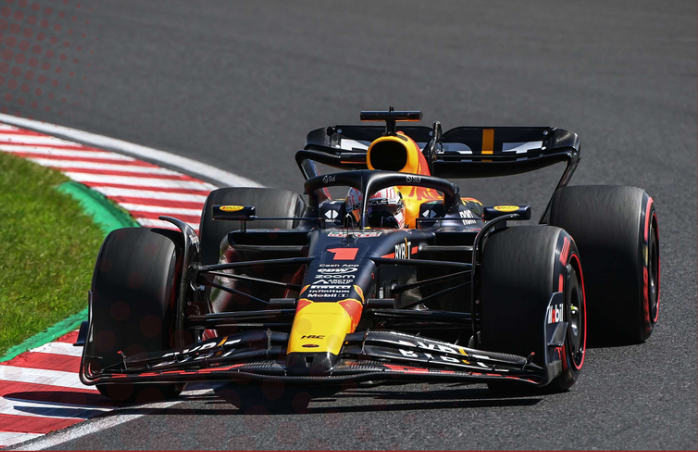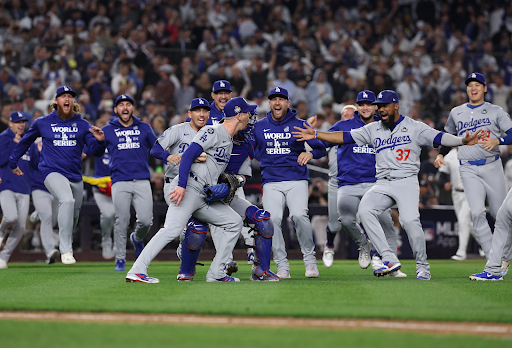Major League Baseball (MLB)’s Spring Training is about to begin, and a key feature being introduced in some of these preseason games could change the entire sport forever.
Thirteen minor league ballparks that host professional teams for the spring will use automated ball-strike calling technology for the first time in major league history.
MLB is using this as a test, and if all goes well, the system could be implemented into regular season games by 2026.
Since the beginning of baseball, human umpires have been all around the field, calling whether or not pitches clip the strike zone or a batter is out or safe at a base. While the majority of their calls are correct, humans aren’t perfect, and sometimes the wrong call is made. Even then, when a call is wrong, managers can challenge it and get the play overturned. Behind the plate is a different story, however, since several strikes are called balls, and vice-versa during games. While most of these calls don’t directly affect the game, some calls have.
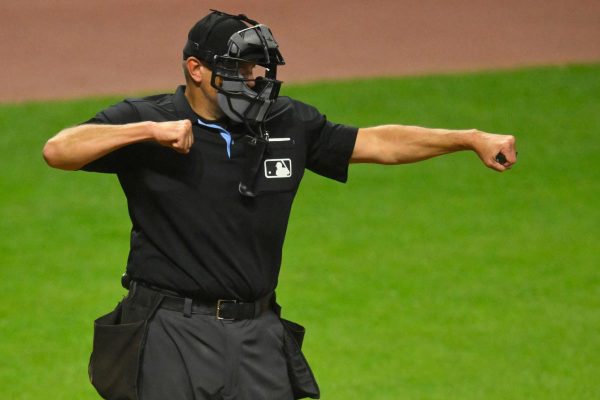
The Automatic Ball-Strike (ABS) system has been used in the minor leagues since 2019. With this technology, human umpires remain behind the plate calling pitches, but calls can be challenged by the batter. By tapping his helmet, the batter can challenge a pitch he believes was called incorrectly. The call can quickly be reviewed by showing the pitch’s location on the video board for the entire stadium to see.
Implementing this system into the major leagues wouldn’t be as easy, though. As MLB commissioner Rob Manfred described at an owners’ meeting, it’s up to the teams and players’ perception of the system during this year’s Spring Training.
“There’s two sides to [the ABS system],” Manfred said. “It’s what do the clubs think about it and also what do the players think about it? And we’re going to have to sort through both of those.”
As a test, the ABS system will be used in 13 minor-league parks during Spring Training this year. However, another problem with the system is the strike zone. According to Fox Sports, the system tracks the ball from its distance from the midpoint of the zone, 8.5 inches from the front and back.
“We do have technical issues surrounding the definition of the strike zone that still need to be worked out,” Manfred explained.
Since its introduction in 2019, the ABS technology has also been used in Triple-A minor league baseball as well as the 2025 All-Star Futures Game in July.
The Joint Competition Committee is the voting body inside the MLB that decides on all these rule changes. Bigger, more impactful rules typically get tested in the minor leagues as a test before the MLB. The most notable rule change of the past couple of years was the addition of a pitch clock in 2023. A twelve-second pitch clock was implemented in the Atlantic League in 2015, before it made its way to the big leagues eight years later.
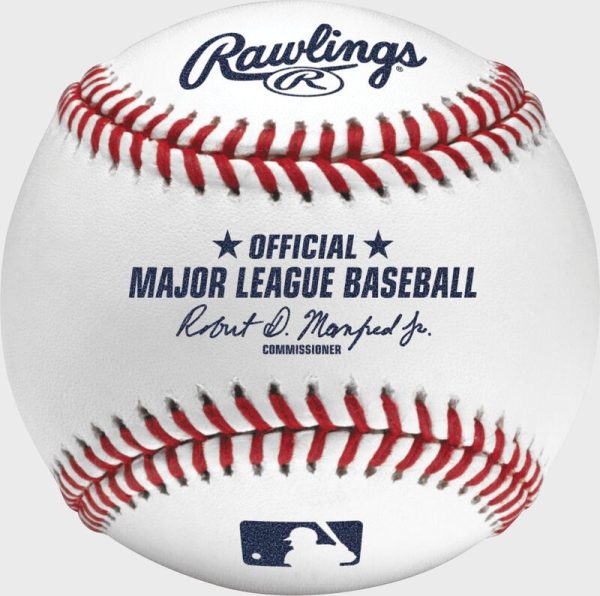
For human umpires, this will be a huge change if technology eventually takes over the pitch-calling job, but umpires certainly do more than just call plays during games.
Described by Sportsepreneur.com, humanumpires are important in baseball games when it comes to overseeing the pace of games, handling disagreements with players and coaches, and finding solutions to unforeseen situations. While calling balls and strikes is a huge part of the umpire’s role, they definitely have other responsibilities as well. Automated umpires would be the next big change to the game since the pitch clock implementation. If the test being conducted in Spring Training is successful, the ABS system could come to MLB as soon as 2026. While the system wouldn’t fully replace umpires, it will definitely change America’s pastime forever.


